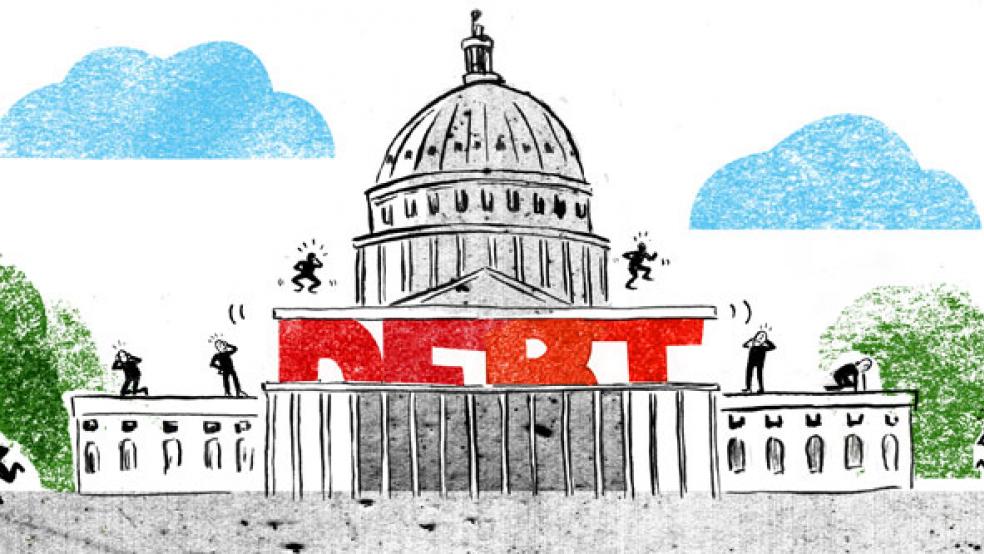It’s that time again; the government is out of money. The debt ceiling deadline has come and gone, and what the government does now could in large part be the biggest test of Trump. For the moment until Congress raises the debt ceiling, the government will use “emergency measures” to stay under the debt limit.
Already, the U.S. Treasury has less cash on hand than Apple or Google, and that cash balance is going to keep on dropping until the debt ceiling is finally lifted. Treasury Secretary Steve Mnuchin has already begun to implement extraordinary measures, such as suspending the sale of SLGS securities.
“Today,” Mnuchin wrote, “Treasury is announcing that it will suspend the sale of State and Local Government Series (SLGS) securities. SLGS are special-purpose Treasury securities issued to states and municipalities to assist them in conforming to certain tax rules. These securities count against the debt limit. The suspension of SLGS sales will commence on March 15, 2017, and continue until the debt limit is either raised or suspended. As in the past, it is likely Treasury will utilize additional extraordinary measures.”
Think back a couple of years ago to when the government nearly shut down, remember?
Obama signed a budget agreement and debt limit increase into law in November of 2015, that way there wouldn’t be any chance of a government shutdown, until now, or, in other words, the Trump years.
Now, there is no need to panic; “Obviously, we will raise the debt ceiling,” Senate Majority Leader Mitch McConnell said last week. And Trump will have to sign it.
However, this will prove as a major test for Trump, what he does with this, could set the pace for the next few years. Trump has promised that if crisis hits, he won’t touch Social Security and Medicare, and those are the two biggest drivers of our budget deficits.
Obama pushed the limits a few times during his time in office; now it’s Trump’s turn; are we going to witness similar close calls again?
